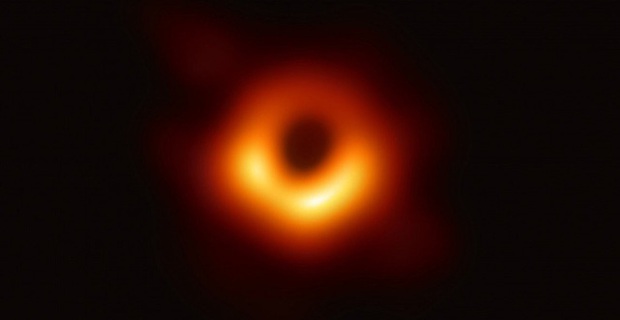Named J2157 * by scientists, this black hole was first observed in 2018, when it emitted a huge amount of radiation at the center of the galaxy J2157, billions of light years from Earth.
Scientists have discovered one of the largest black holes ever, with a mass about 34 billion times that of the Sun. This black hole is so massive that it “swallows up” every day the equivalent of the mass of a star like the Sun.
Notably, Sagittarius A * – the supermassive black hole at the center of the Milky Way with a mass about 4 million times that of the Sun – is also completely “minor” compared to this newly discovered black hole.
“The mass of this black hole is 8,000 times more massive than the black hole at the center of our Milky Way,” said astronomer Christopher Onken of the Australian National University. “If the Milky Way’s central black hole wanted to reach this mass, it would have to ‘swallow’ two-thirds of the stars in the galaxy. “
Named J2157 * by scientists, this black hole was first observed in 2018, when it emitted a huge amount of radiation at the center of the galaxy J2157, billions of light years from Earth.
At the time, astronomers estimated the mass of the black hole to be about 20 billion times that of the Sun, classified as a “supermassive black hole” (mass more than 10 billion times that of the Sun). Calculations at the time also showed that the amount of J2157 * matter “eaten” each day is half the mass of the Sun.
Since then, astronomers have applied a number of new measurements to recalculate the mass of black hole J2157 *. As a result, the mass of this black hole was twice as high as initially expected. Not only has enormous mass, the size of this black hole is also “terrible”. The event horizon radius of the J2157 * black hole is estimated to be around 670 AU (astronomical units, with 1 AU equal to the distance between the Earth and the Sun).
For comparison, Pluto – the most distant asteroid in the solar system – is located about 39.5 AU from the Sun. Meanwhile, the heliosphere, which is considered the end point and border between the solar system and interstellar space, is about 100 AU from the Sun. This means that the event horizon of the black hole J2157 * is about 6 times larger than that of the solar system.
However, J2157 * is not the largest black hole ever discovered. At the center of the Holm 15A galaxy, 700 million light years from Earth, there is a supermassive black hole with a mass 40 billion times that of the Sun. However, the record for the largest black hole belongs to a black hole named TON 618, which has a mass 66 billion times the mass of the Sun, located about 10.4 billion light years away.
The existence of black holes like Holm 15A and TON 618 really hurts scientists. It is not entirely clear how supermassive or supermassive black holes form and develop. Along with the single black hole J2157 *, this black hole began to form about 1.2 billion years after the Big Bang. It is still unclear how black holes can grow to such massive sizes while the universe is still in its infancy.



